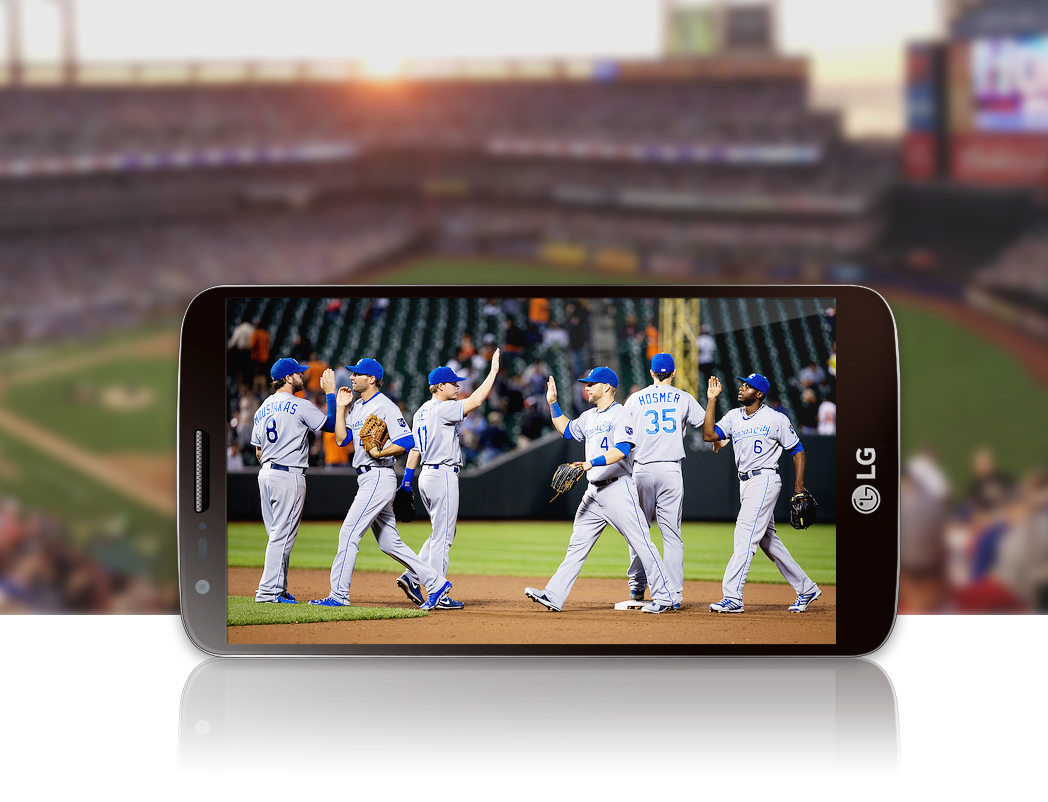
Sports broadcasting has always been a moral force area, evolving with applied science and audience expectations. The whole number age has ushered in both considerable challenges and stimulating innovations, transforming how fans experience their favourite sports. This article delves into the stream landscape of sports broadcast medium, exploring the hurdles two-faced and the technological advancements reshaping the manufacture. 스포츠중계.
Challenges in Modern Sports Broadcasting
1. Fragmentation of Viewership
One of the primary quill challenges in sports broadcast medium today is the atomization of viewership. With the rise of cyclosis services and integer platforms, audiences are no longer bound to traditional TV schedules. This shift means that sports broadcasters must to a diverse straddle of platforms, including over-the-top(OTT) services, sociable media, and Mobile apps. Managing content across these varied while ensuring homogeneous timbre and reportage is a complex task.
2. Rights Management and Piracy
Securing broadcast medium rights has become progressively convoluted in the digital age. Rights holders face the challenge of negotiating with manifold platforms and ensuring exclusivity across different regions. Additionally, the proliferation of banned cyclosis sites and plagiarisation poses a significant threat. Piracy not only undermines tax income but also impacts the overall wake see for legitimise consumers, creating a pressing cut for broadcasters.
3. Technological Overloa
d
The speedy pace of subject field advancements presents its own set of challenges. Broadcasters must ceaselessly adapt to new technologies such as 4K and 8K resolution, increased world(AR), and realistic reality(VR). While these technologies heighten the viewing undergo, they also want essential investments and expertness. Keeping up with the up-to-the-minute innovations while managing work costs is a reconciliation act for many sports broadcasters.
Innovations Shaping the Future
1. Streaming Services and OTT Platforms
Streaming services have revolutionized sports broadcasting by offer elastic wake options and personalized content. Platforms like ESPN, DAZN, and Peacock have redefined how fans get at live sports, providing on-demand coverage and scoop content. This transfer has also enabled broadcasters to strain world audiences more with efficiency, breakage down geographical barriers.
2. Enhanced Fan Engagement Through Digital Tools
Innovations in integer tools have significantly increased fan engagement. Social media platforms and synergistic apps allow fans to wage with content in real time, take part in polls, and share their opinions. Additionally, sophisticated data analytics and real-time statistics ply deeper insights into games and participant performances, enriching the witness go through.
3. Integration of Augmented and Virtual Reality
AR and VR technologies are transforming sports broadcasting by offering immersive experiences. AR overlays can provide real-time statistics and participant information during live broadcasts, while VR enables fans to see games from unusual perspectives, such as sitting courtside or on the arena. These technologies not only heighten the viewing see but also open up new tax income streams through virtual tickets and experiences.
4. AI and Automation
Artificial news(AI) and mechanization are streamlining various aspects of sports broadcasting. AI-driven tools can serve in content macrocosm, such as generating highlights and summaries, and analyzing game footage for better storytelling. Automation in product processes, including television camera operations and graphics generation, reduces and improves efficiency, allowing broadcasters to focalize on delivering high-quality content.
Conclusion
The digital age has brought both challenges and innovations to sports broadcast medium. Fragmentation of viewership, rights direction, and field demands pose substantial hurdles. However, advancements such as cyclosis services, enhanced fan involvement tools, AR VR experiences, and AI-driven mechanisation are pavement the way for a more dynamic and immersive sports broadcasting landscape painting. As engineering science continues to germinate, sports broadcasters must stay agile and innovative to meet the dynamical needs of audiences and stay militant in this ever-changing area.